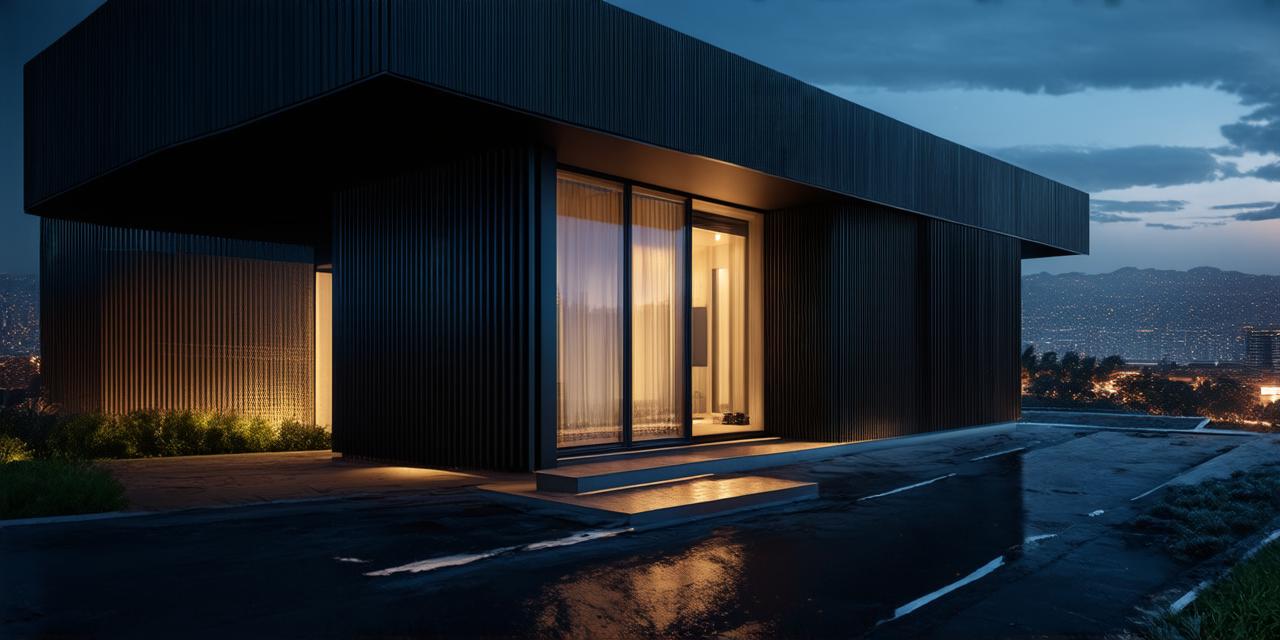Virtual reality (VR) is a rapidly-evolving technology that allows people to experience immersive 3D environments.
It has already transformed industries such as gaming and healthcare, but it’s also starting to have an impact on housing development. In this article, we will explore some of the main benefits of using virtual reality in housing development, as well as how it can be used to improve the design, construction, and management of residential properties.
Improved Design
One of the biggest advantages of virtual reality is that it allows architects and developers to create highly detailed and realistic 3D models of their projects. This enables them to test out different designs, layouts, and materials before constructing anything, which can save time and money in the long run.
Another way that virtual reality can improve design is by allowing people to experience a property in a more realistic way. This can help buyers and renters get a better sense of what it’s like to live there, which can make them more likely to purchase or lease.
Construction Efficiency
Virtual reality is also being used to improve the efficiency of construction sites. By creating highly detailed 3D models of a building, architects and builders can get a better understanding of how each component will fit together, which can help them avoid costly mistakes during the construction process.
In addition to improving efficiency, virtual reality can also help reduce waste and improve safety on construction sites. By creating 3D models of buildings, architects and builders can identify areas where materials may be wasted, such as by using excessively large pipes or over-engineering structural elements.
Improved Management
Once a property is built, virtual reality can also be used to improve its management. For example, VR can be used to create 3D models of properties that can be accessed by building managers or maintenance teams.
In addition to improving management, virtual reality can also be used to enhance the overall user experience of a property. For example, a VR walkthrough of a hotel room could allow guests to see how the furniture is arranged, and how different amenities are set up. This can help them get a better sense of what it’s like to stay there, which can make them more likely to book again in the future.
Case Studies
One company that has already started using virtual reality in housing development is Ikea. They have created a VR experience called “Place”, which allows users to see how different pieces of furniture would look and fit into a room. This can help people make more informed purchasing decisions, which can lead to increased sales for the company.
Another company that has started using virtual reality in housing development is Dell Technologies. They have created a VR platform called “The Future of Home”, which allows users to see how new technologies such as smart home devices and augmented reality could be used to improve the design, construction, and management of properties.
Expert Opinions
When asked about the benefits of using virtual reality in housing development, experts generally agree that it has the potential to transform the industry.
